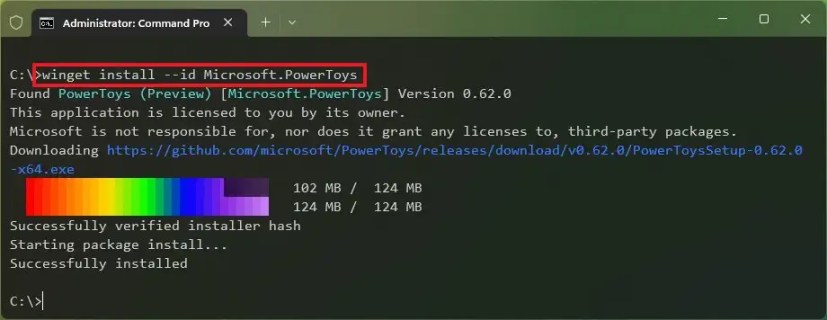
.png)

The coefficients must be correctly chosen considering the sufficiently short tripping times and the sufficiently long selectivity times. The key question of protection coordination is the determination of correct values of all inverse-time characteristics coefficients. This paper proposes a new approach to the distributed generation system protection coordination based on directional overcurrent protections with inverse-time characteristics. The proposed methodology and in particular the use of the presolve problem simplification techniques is shown as a new valuable tool for the setting of directional overcurrent relays in interconnected power systems.

This fact represents an advantage for on-line applications. The interior point approach reaches a feasible point in the close vicinity of the final optimal result in only one or two iterations. The application of the pre-solution problem simplification techniques is highly recommended, resulting in a significant reduction of the size and complexity of the linear programming problem to be solved.

Optimal solutions are found in an automatic fashion, using the algorithm for the settings of the ground relays as well as for the phase relays. Results are presented for the application of the methodology on a realistic test case, a 115–69 kV power system with 108 buses, 86 lines, 61 transformers, and 97 directional overcurrent relays. Pre-solution problem filtering simplification techniques are used prior to the application of the linear programming algorithm. The proposed algorithm is a variation of the primal–dual approach that uses multiple correctors of centrality. A linear programming interior point algorithm is proposed for the solution of the problem of coordinating directional overcurrent relays in interconnected power systems considering definite time backup relaying.


 0 kommentar(er)
0 kommentar(er)
